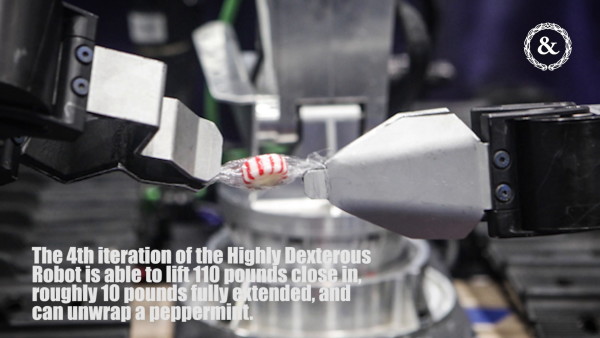

The Navy is looking into the possibility of sending explosive ordnance disposal units on shorter and possibly more frequent deployments, service officials said on Wednesday.
Right now, EOD techs train for 18 months and deploy for another six months as part of their optimized fleet response plan, but the Navy is conducting a review of that training and deployment cycle, Navy officials told reporters.
A Navy analysis is looking at whether EOD techs should spend a total of 32 or 36 months training and deployed per cycle, said Capt. Oscar Rojas, who leads Explosive Ordnance Disposal Group 1 in San Diego.
“Investing 24 months into a training cycle and only getting one six-month deployment is a horrible investment,” Rojas said during a roundtable with reporters at the Pentagon. “We have to increase that OFRP to potentially get two six-month deployments based on that one unit of action. We have to be able to get a better return on our investment.”
As part of the analysis, the Navy is looking at whether EOD deployments should be shortened to four or five months within the longer cycle, Rojas said. The Navy is not considering making each EOD deployment longer than six months.
Having EOD sailors deploy more often during one training and deployment cycle would not necessarily mean they would spend more time away from home, especially if the Navy shortens deployments to four months, Rojas said.
“The current model: Within 24 months, you’re gone for six months,” Rojas said. “In 48 months — two OFRPSs — out of those four years, you would be gone 12 months during that time. Within a 32- or 36-month OFRP, you’re only gone potentially eight months.”
Even if the Navy changes the training and deployment cycle, the overall number of EOD techs deployed at any given time is not expected to change, said Navy Capt. Rick Hayes, who leads Explosive Ordnance Disposal Group 2 at Virginia Beach.
“The missions that we’re supporting will remain the same,” Hayes said. “This revised OFRP doesn’t necessarily give us the ability to push out more – it could potentially – but the analysis includes just providing the requisite level of support that we provide today.”
In order to make sure the Navy retains enough EOD sailors to meet future threats, the service is also looking at increasing critical skills retention bonuses and changing other special pays for EOD techs, Rojas said.
“We’re looking at combining certain special pays into one much larger special pay,” Rojas said. “That’s one way to help with retention.”
